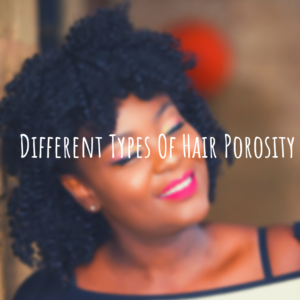HAIR TIPS.

The Benefits of Amla for Hair and Skin
Benefits of Amla for Hair and Skin
Amla also called gooseberry ( Phyllanthus emblica) fruit is small and light green with a large seed inside.
The amla fruit has been known to be very nourishing with a extremely astringent taste. Amla is harvested in autumn and is found in rural areas around hills. This fruit has many benefits in health and beauty.
Today we will be only discussing the benefits amla has on hair and skin.
Amla is rich is vitamin C and antioxidants this helps prevent free radicals from damaging the skin and cause wrinkles and fine lines. Amla has also been known to get rid of skin blemishes because the rich vitamin c found in amla cleanses the toxins in skin. This helps eliminate skin pigmentation.
When we lack collagen this can make our skin lose its firmness and can make us appear to look older. The vitamin C found in amla helps produce collagen and aids in making our skin tight and youthful.
Here is a list of Amla benefits for Skin:
• Removes blemishes from skin
• Can assist in lightening skin pigmentations
• Helps produce collagen and aids in tightening skin
• Helps reduce fine lines and wrinkles
It has been known for ages that amla has aided in hair growth and hair restoration in India.
Here is a list of Amla benefits for Hair:
• Can slow down premature graying
• Can strengthen your hair follicles
• Encourages hair growth
• Can slow down balding
Amla can be used in many different hair treatments. You can add amla to your favorite shampoo, conditioner, carrier oils, butters, and creams. You can even make your own hair rinse. Go check out our hair recipes page for the some recipes using amla.

Different Types of Hair Porosity
What is Porosity ?
Porosity is the hair’s ability to absorb and retain moisture.
What are the different types of hair porosity?
According to many cosmetologist low porosity means the cuticles of one’s hair is resistant to receiving water and moisture . Most hair types with low porosity experiences lack of moisture, and find themselves moisturizing everyday.
Normal porosity means just the opposite. People with normal porosity can maintain moisture for longer durations than individuals with low porosity and high porosity. This hair is considered in the normal range of porosity.
People with high porosity have either a clipped cuticle or damaged hair from obsessive dying and treatments and have not maintained their hair. People with this hair type can see a possible turn around in their porosity over time with TLC.
The truth is everyone’s porosity is different. A person can have one definite porosity type (normal, low, or high). There is also a high possibility that some people have a blend of porosity types. There are tests you can do at home to help you discover your hair’s porosity. Here is one of them:
Hair Porosity Test
Tools
• Scissors
• Cup
• Water
Steps:
Take a few strands of hair from your head (preferably in the back of your head)
Take a clear cup and fill it up with water. Place the piece of hair into the cup and wait to see what happens.
If the hair floats to the top of the cup this means you have low porosity hair and your hair obsorbs moisture and products can possibly cause build up in your hair.
If the hair sinks half way in the cup this is consider a normal porosity levels and your hair can retain moisture.
If the hair sinks to the bottom this is an indicator the hair is possibly damaged and has difficulty holding moisture. The curl can become loose and hair can look dull.
I hope this helps!